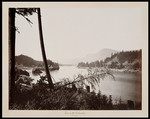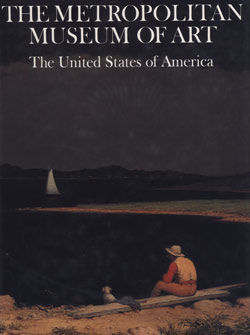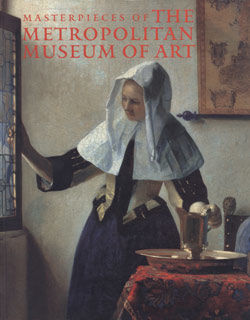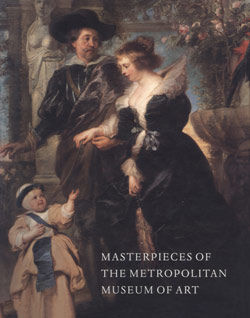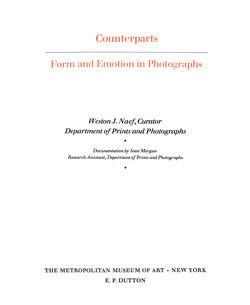View on the Columbia, Cascades
Carleton E. Watkins American
Not on view
Beginning in the 1850s, photographers found a way to achieve the clarity of daguerreotypes without giving up the reproducibility inherent in William Henry Fox Talbot's negative/positive photographic process: they replaced the paper negative with glass, which they coated with a thin layer of wet photosensitive collodion (guncotton dissolved in ether). For large-format landscape work such as Watkins produced along the Columbia River in Oregon, the physical demands of this process were great. Since there was as yet no practical means of enlarging, Watkins's glass negatives had to be as large as he wished the prints to be, and his camera large enough to accommodate them. Furthermore, the glass negatives had to be coated, exposed, and developed while the collodion remained tacky, requiring the photographer to transport a traveling darkroom as he explored the virgin terrain of the American West. The crystalline clarity and classic probity of Watkins's remarkable "mammoth" prints attest to his virtuosic mastery of the process and his consummate artistry.
Due to rights restrictions, this image cannot be enlarged, viewed at full screen, or downloaded.
